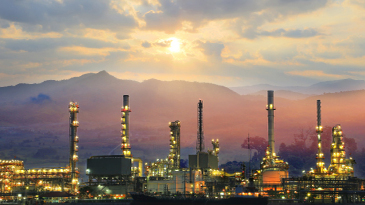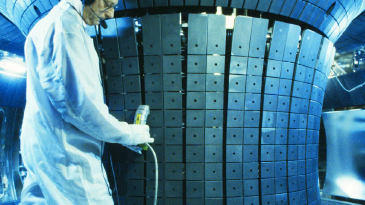The most recent American Public Transportation Association (APTA) Public Transportation Fact Book reported that North American passenger train ridership has increased by 77 percent since 1996. In 2016, passengers took almost 5 billion unlinked trips on heavy rail, commuter/hybrid rail or streetcar/light rail. Passengers expect their trips to run smoothly. Unfortunately, disruptions due to rolling stock or locomotive failures occur, resulting in schedule delays and unhappy passengers.
Normally, preventative maintenance is performed around peak service hours based upon guidance from the original equipment manufacturer. With the average age of commuter and heavy rail locomotives at over 20 years old, increasing uptime and availability while reducing the frequency of routine inspections can be a daunting task.
The following challenges impact passengers, shareholders and operational costs:
- Faulty door systems that increase dwell time
- HVAC issues driving uncomfortable passengers to pursue alternate transportation options
- Signal failures, which caused 19,000 delays of at least 100 minutes each between 2016 and 2017
- Crankcase overpressure resulting in catastrophic failures and unsafe operating conditions
- Problems with axle and traction motor bearings -- gradual deterioration of the structural integrity can increase the risk of failure and therefore the possibility of delays, unnecessary costs and potentially catastrophic derailments
Enabling Reliability-Centered Maintenance
Most rail lines have adopted reliability-centered maintenance, a considerable improvement over the run-to-failure method of prior years. An ARC View Report on proactive asset management stated that 82 percent of failures are not wear-based and therefore not addressable by standard scheduled maintenance. Introducing a methodology and system that can not only predict a future failure but can prescribe a specific fix would cut downtime, reduce maintenance interventions and maximize asset utilization.
Prescriptive analytics, which use inline, real-time analysis of the patterns of normal and failure behaviors of assets, can accurately portray asset lifecycle and asset reliability. Rather than later-stage damage detection that standard analytics provide, new asset performance management (APM) systems focus on recognizing early root causes of degradation. Recognizing patterns in data, these APM tools identify miniscule changes that can signal larger problems. In addition to sending alerts before an incident occurs, the system prescribes precise maintenance actions based on unique signatures related to specific pieces of equipment and causes of failure.
Machine learning can enable rail operators to implement relevant condition-based and specific directed corrective maintenance. With guidance on time-to-failure, engineers and managers can plan relevant maintenance when it makes sense based on a train’s route or resource availability. Ensuring trains are available when and where they’re needed delivers great value – to both rail companies and passengers.
To learn more about how companies are leveraging this advanced technology, take a look at the recent white paper Digital Acceleration Opens a New Frontier of Value Creation.






Leave A Comment